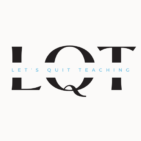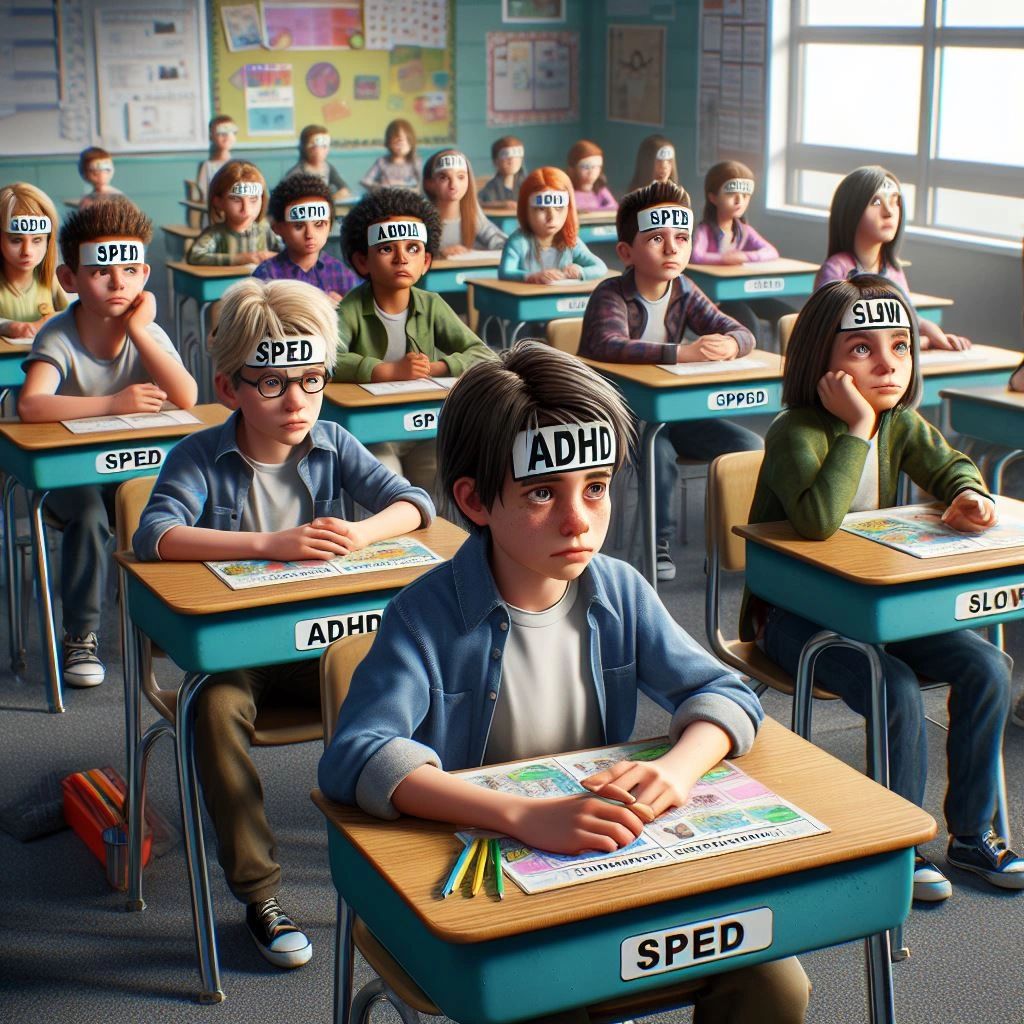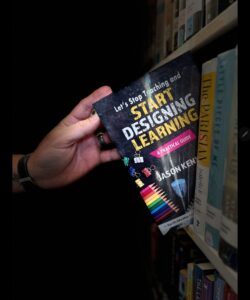In our classrooms, the labels we assign to learners often become invisible chains, limiting their potential and shaping their futures in ways we can’t always see. These labels, whether they stem from learning disabilities, behavioral issues, or socio-economic backgrounds, are all too often seen as defining characteristics. But what if we chose to see beyond the labels? What if we recognized that every learner, regardless of the label we’ve been given, brings something unique, something powerful to the table? The label should only serve to inform us of what we can do to bring out the potential in kids, not to expect less from them. We must commit to teaching learners, not labels.
The Trap of Labeling
Labels, while sometimes necessary for providing support, can easily become a crutch that both teachers and learners lean on. They can dictate the expectations set for a learner and the opportunities afforded to them. When we label a learner as “special needs,” “at-risk,” or “underachiever,” we unconsciously lower our expectations and, in turn, limit their growth. This labeling effect has a substantial impact, as research shows that teacher expectations can significantly influence learner performance with an effect size of 0.43 or 1 year’s growth.
Labels can also be internalized by learners, becoming a part of their self-identity. When a learner sees themselves as “just not good at math” or “always causing trouble,” it can create a fixed mindset that hinders their willingness to take on challenges. This self-fulfilling prophecy locks learners into a pattern of limited achievement and low self-esteem.
Transforming “Disability” into THIS Ability
To move beyond labels, we need to shift our focus from what learners can’t do to what they can do. This transformation begins with us as educators recognizing the abilities that every learner brings into the classroom. It’s about identifying their strengths, interests, and unique perspectives and using these as the foundation for their learning journey.
Consider this: a learner labeled as having a learning disability in reading might struggle with traditional text but excel in visual-spatial tasks. Instead of focusing on their reading challenges, what if we celebrated their ability to think in pictures, solve complex puzzles, or design intricate models? By shifting our perspective from disability to THIS ABILITY, we empower learners to see their strengths and leverage them in their learning. Research supports this approach, highlighting that a focus on individual learner strengths can lead to higher levels of engagement and achievement with an effect size of 0.60 or 1 ½ year’s growth.
Teaching Learners, Not Labels
At the heart of effective teaching is the belief that every learner is capable of learning. This belief must drive everything we do in the classroom, from lesson planning to assessment. It’s not about modifying the curriculum to fit a label but rather about designing learning experiences that meet the diverse needs of all learners. Designing Learning, with an effect size of 0.70 or 1 ¾ year’s growth, promotes flexibility in teaching methods and materials, ensuring that all learners can access and engage with the content.
Teaching learners, not labels, also requires a commitment to continuous reflection and adaptation. We must constantly ask ourselves, “Am I seeing the learner or just the label?” This reflective practice helps us to stay focused on the learner’s growth and potential rather than their limitations. What has an effect size of 0.61 or 1 ½ year’s growth? Not labeling kids in the first place.
As educators, our role is to unlock the potential in every learner, not to define them by the labels they carry. To put it plainly, we turn “CAN’T” into “CAN.” When we choose to see beyond labels, we open the door to limitless possibilities for our learners. We empower them to take ownership of their learning and to see themselves as capable, competent learners. Let’s commit to teaching learners, not labels, and to transforming what our learners bring into the classroom into THIS ABILITY. In doing so, we not only change their lives but also redefine what’s possible in education.


